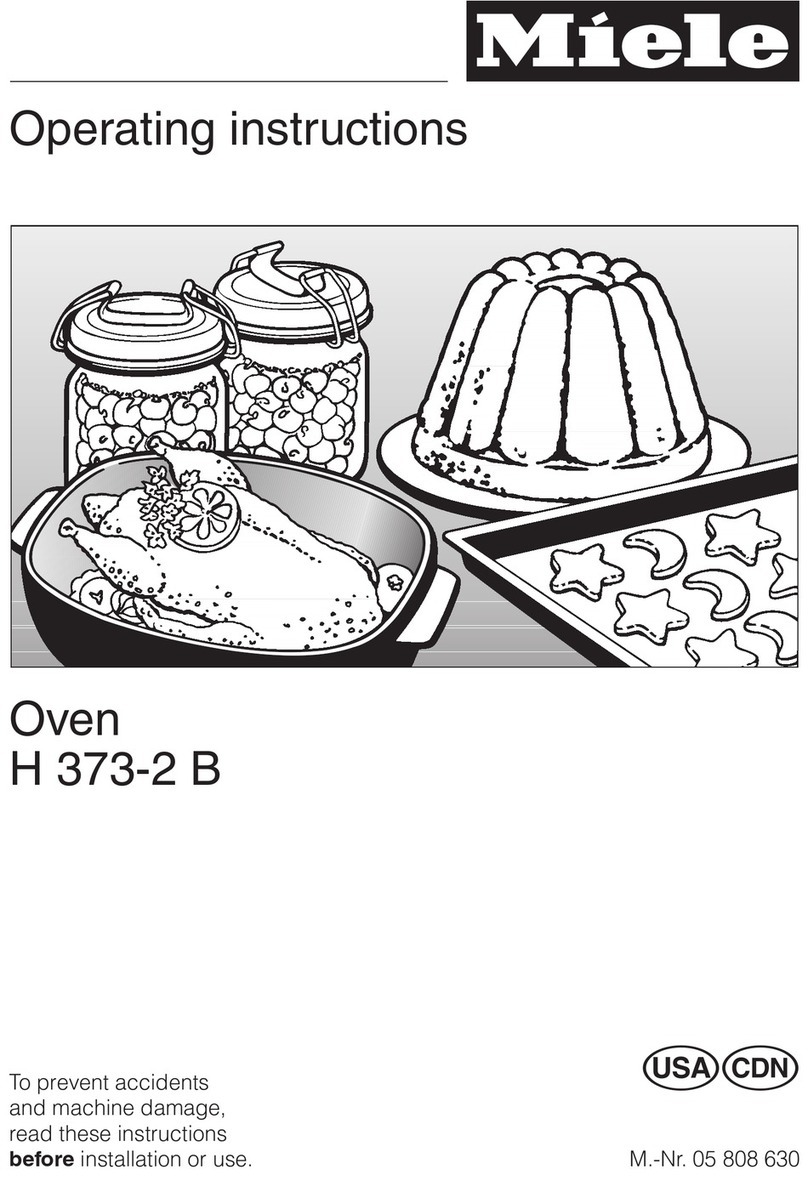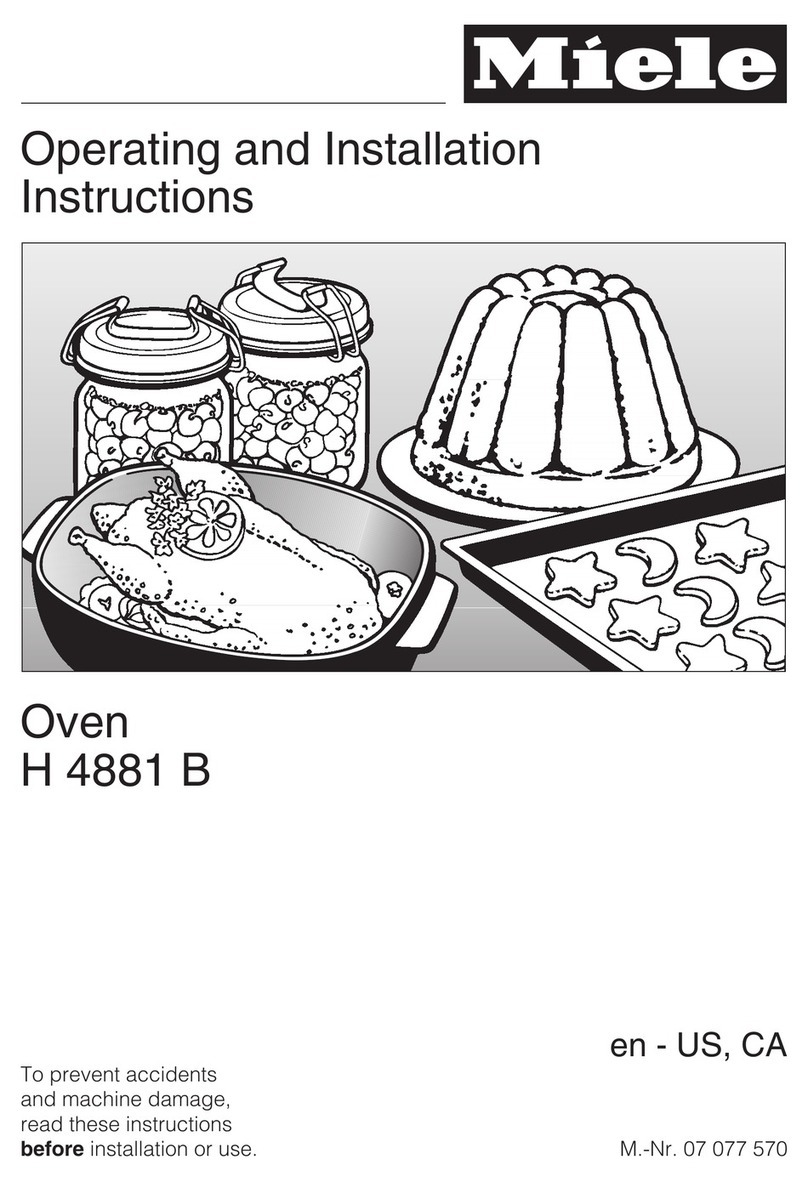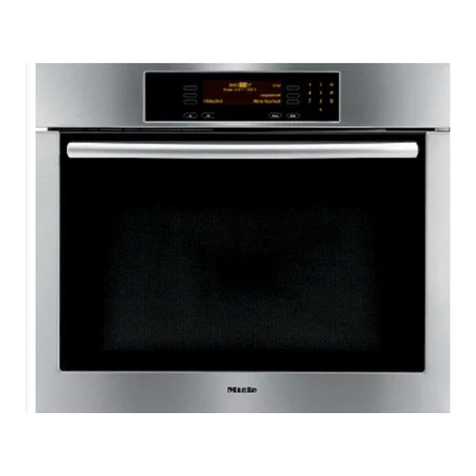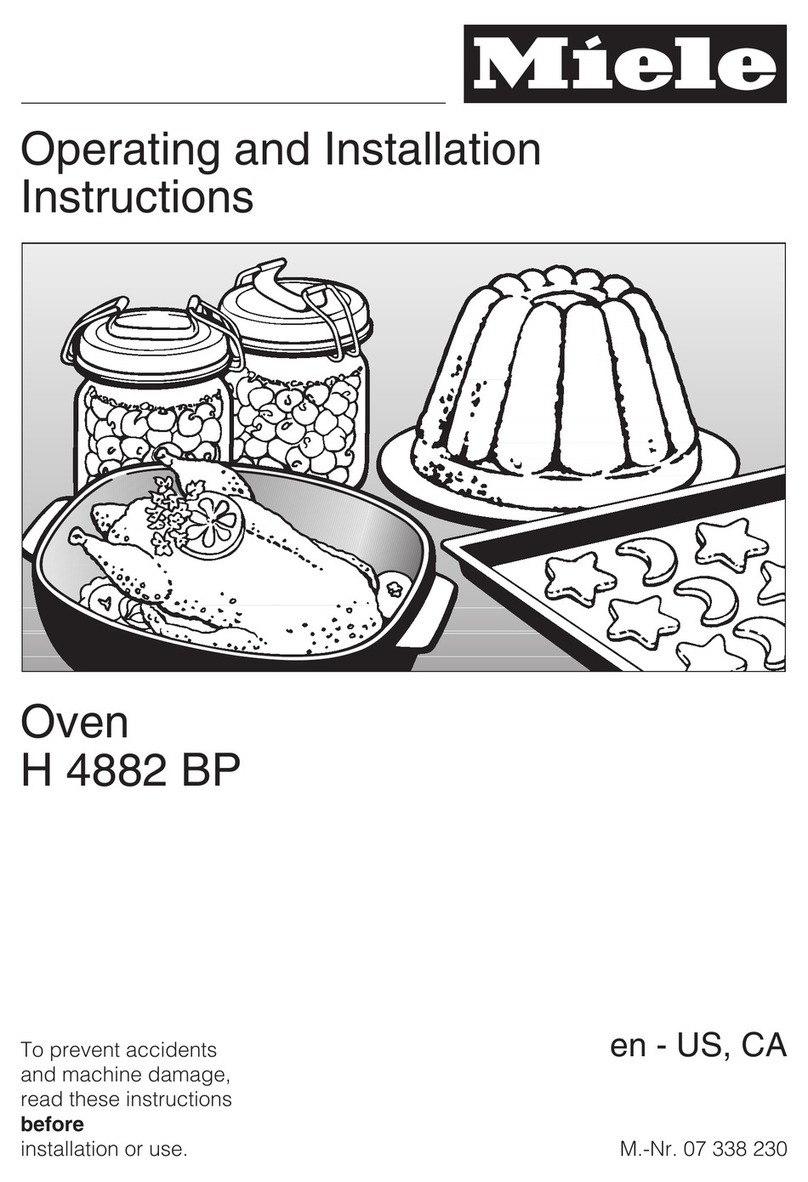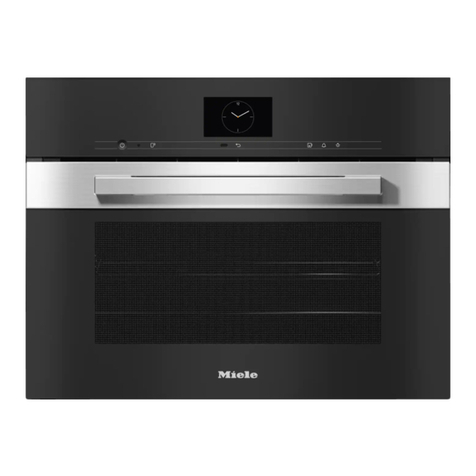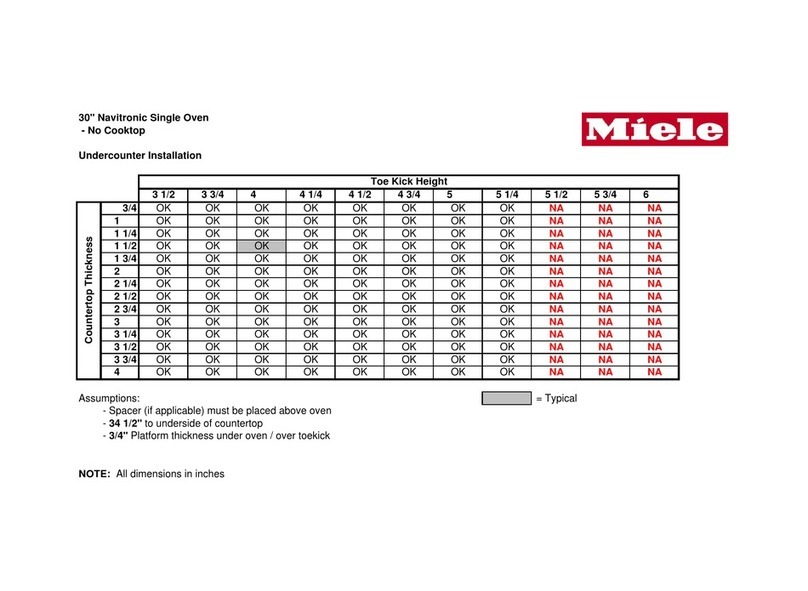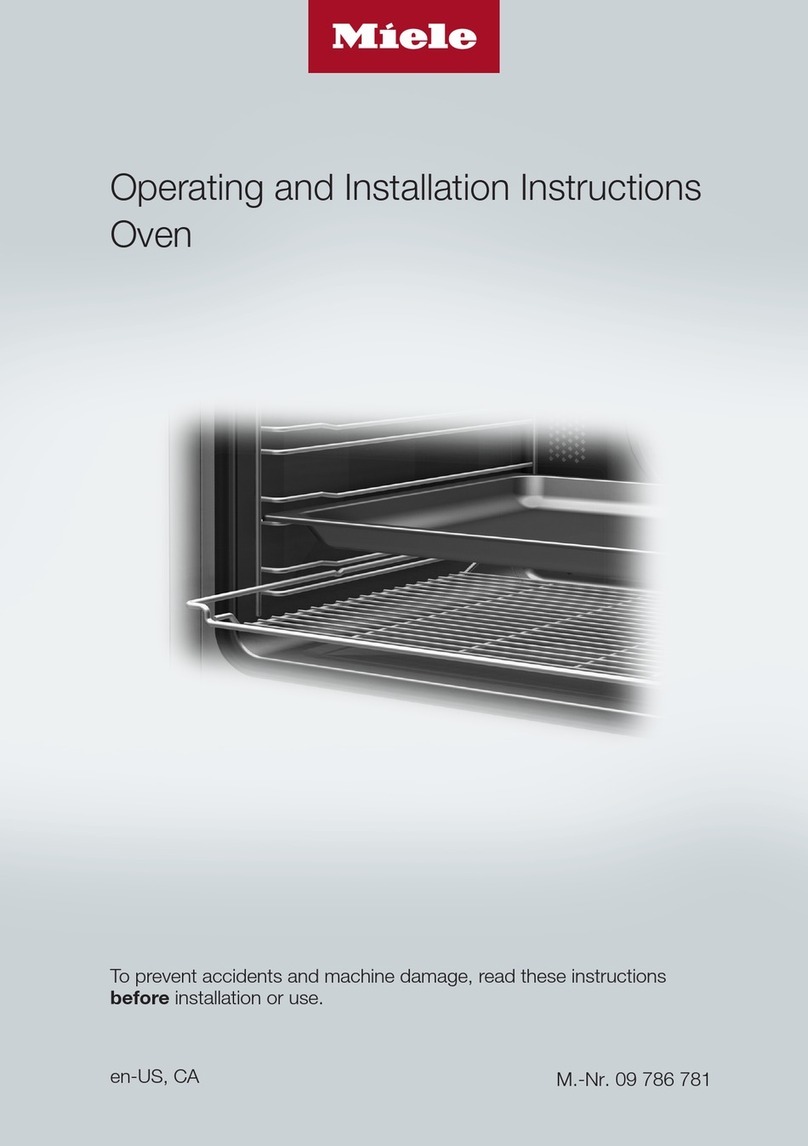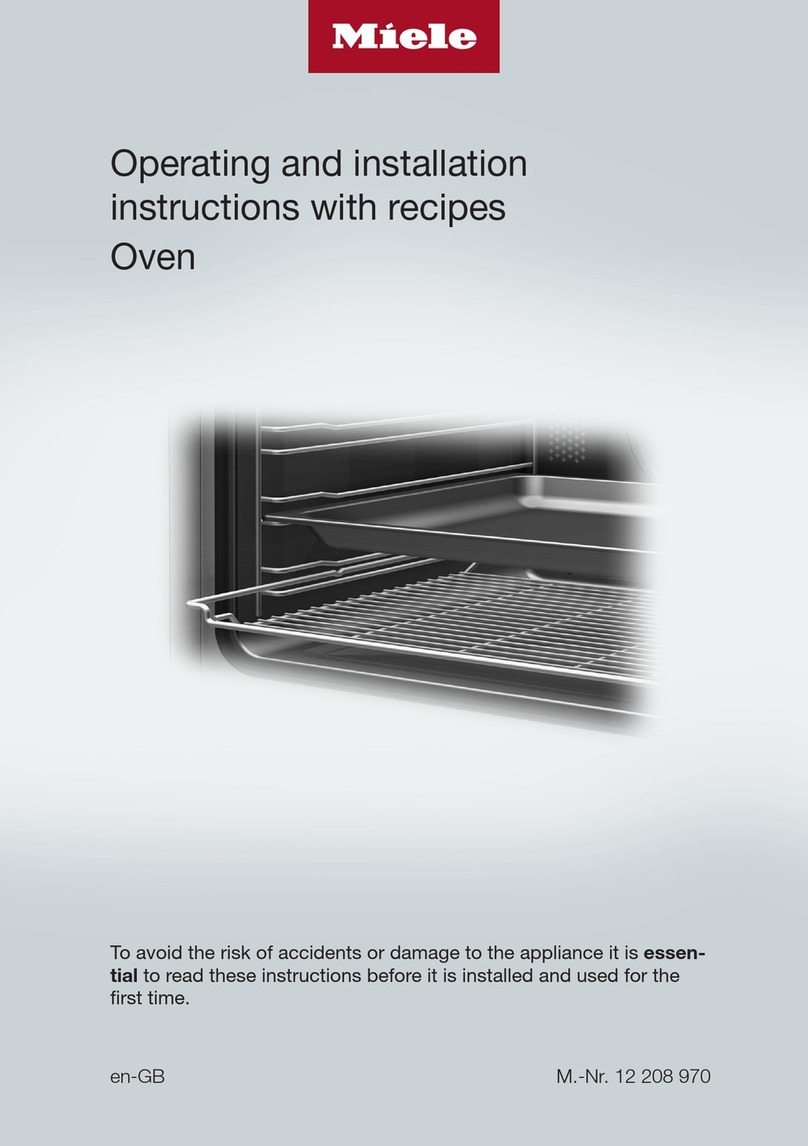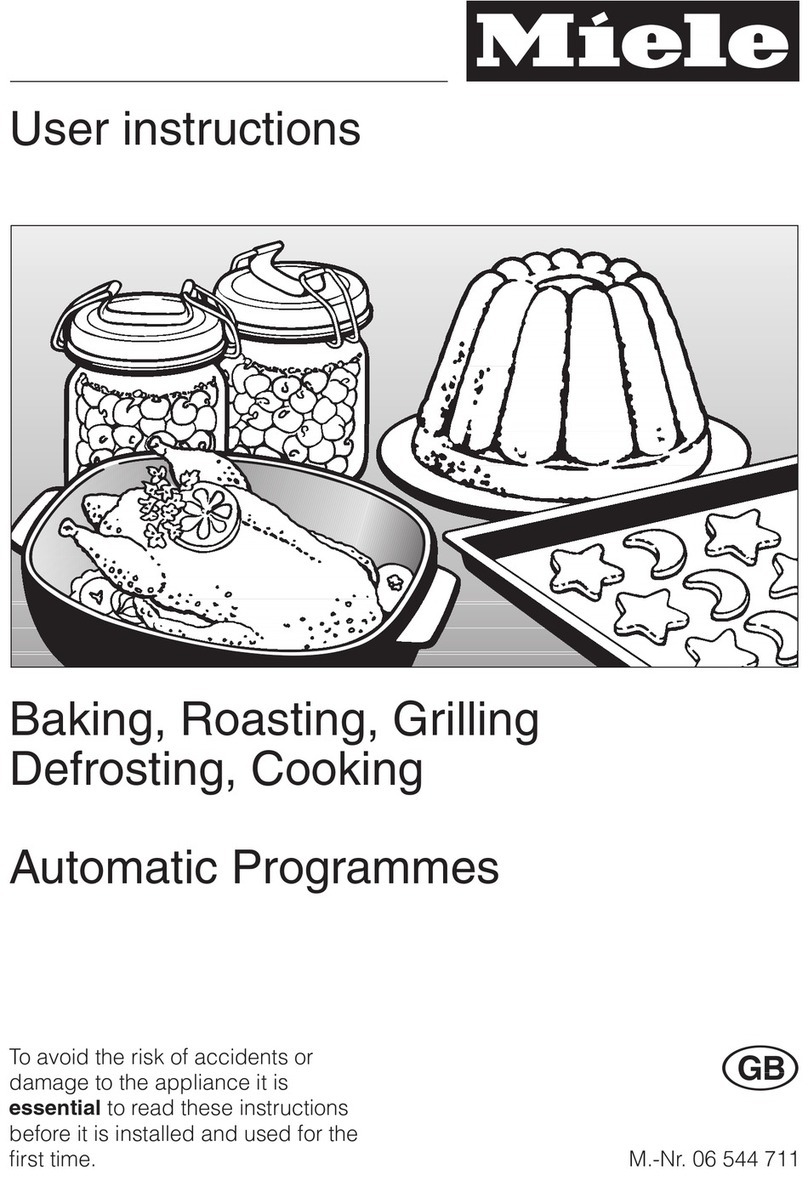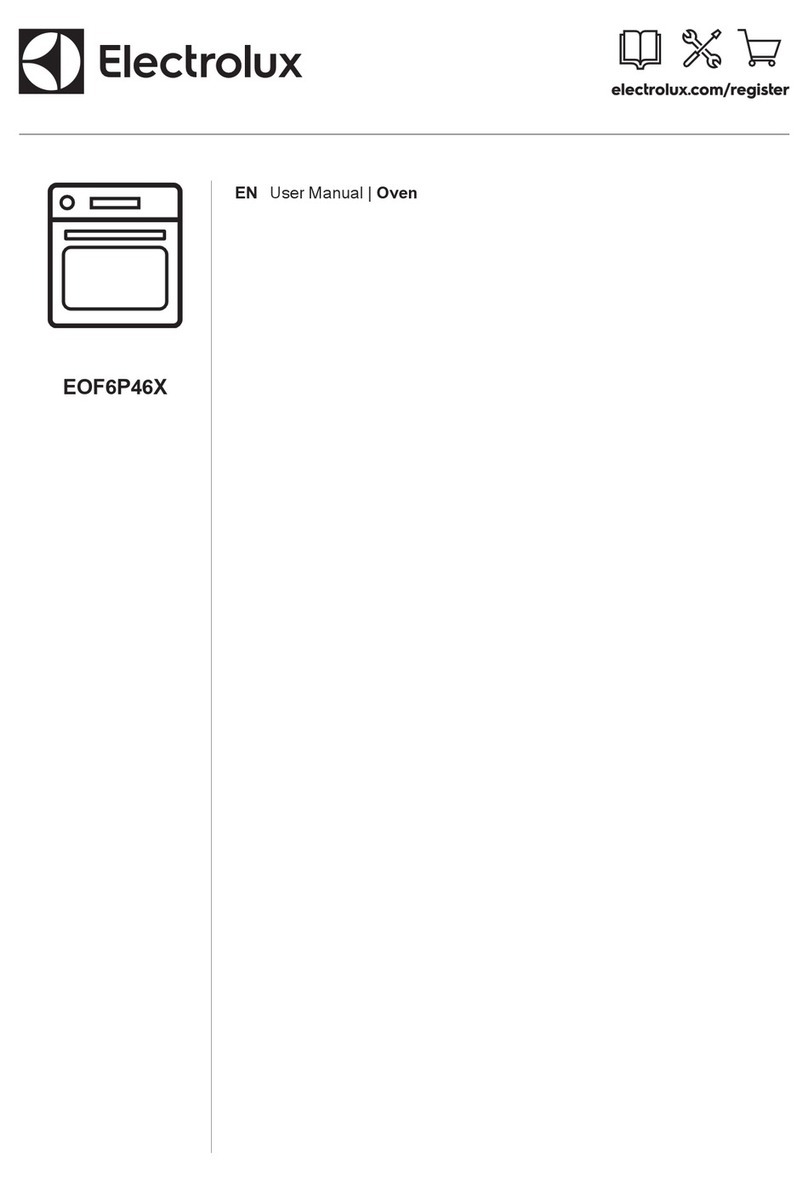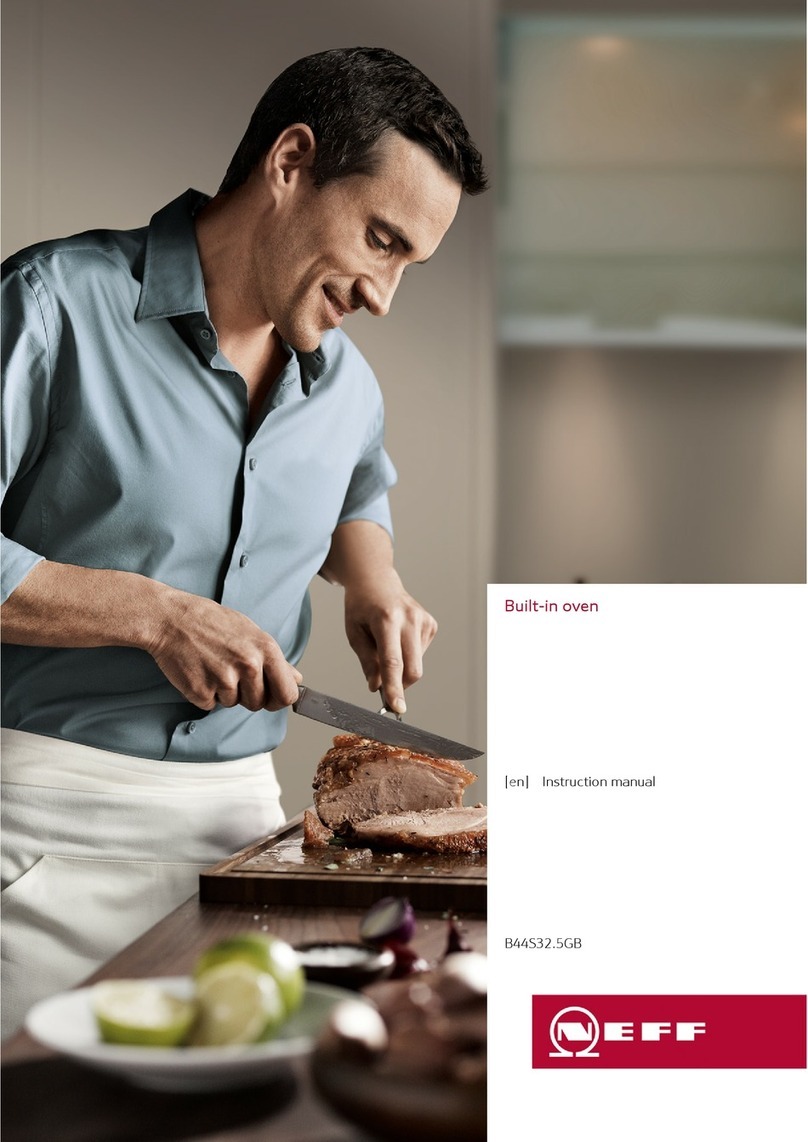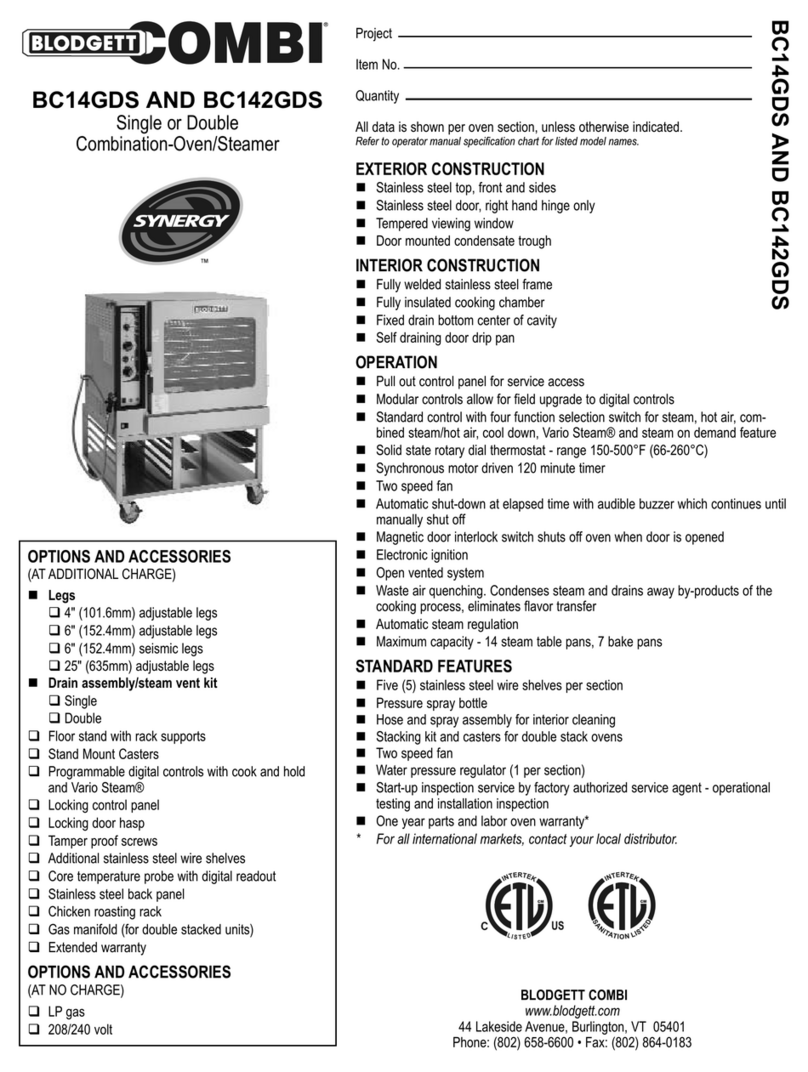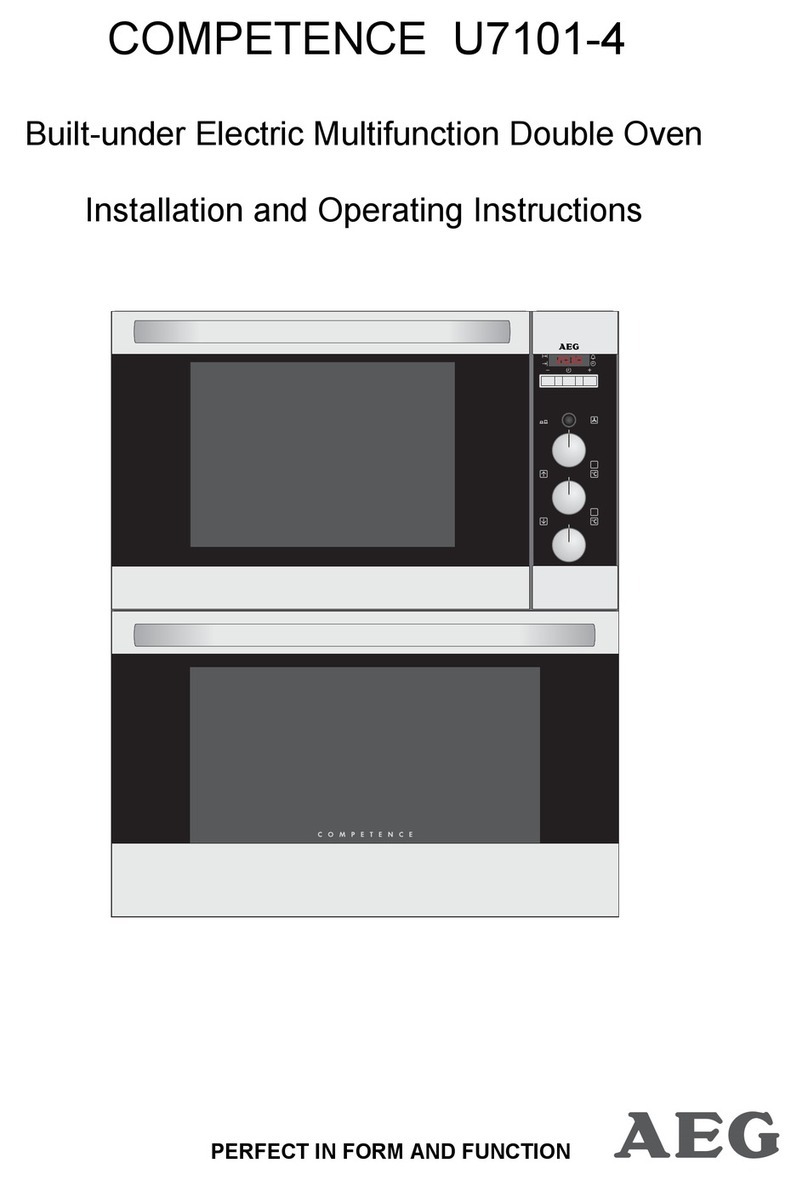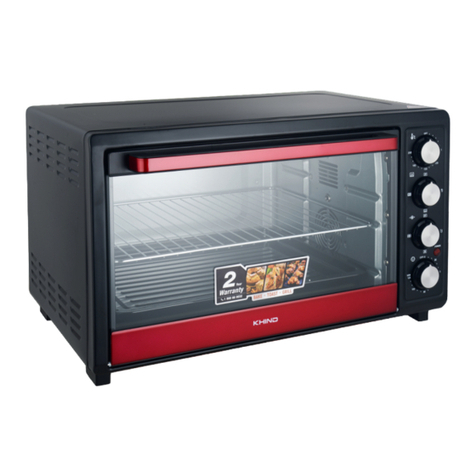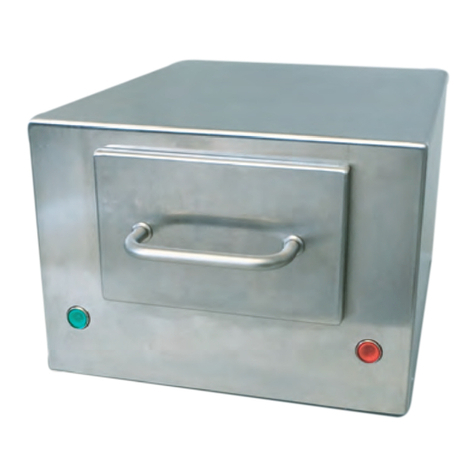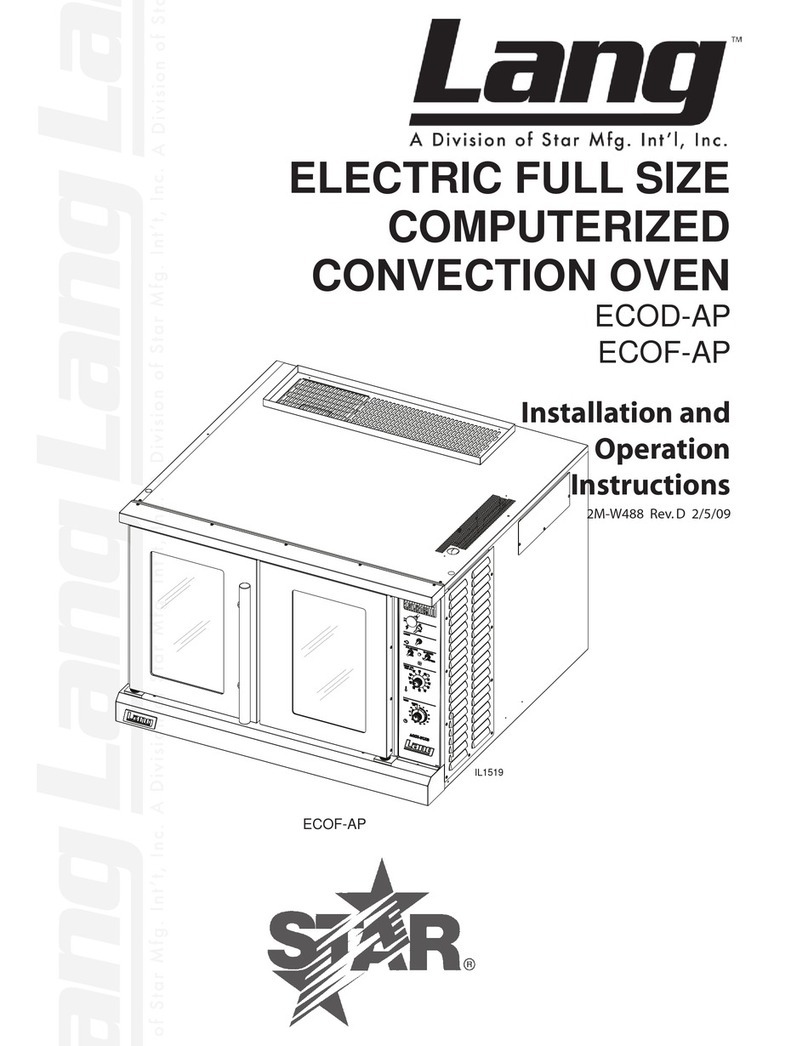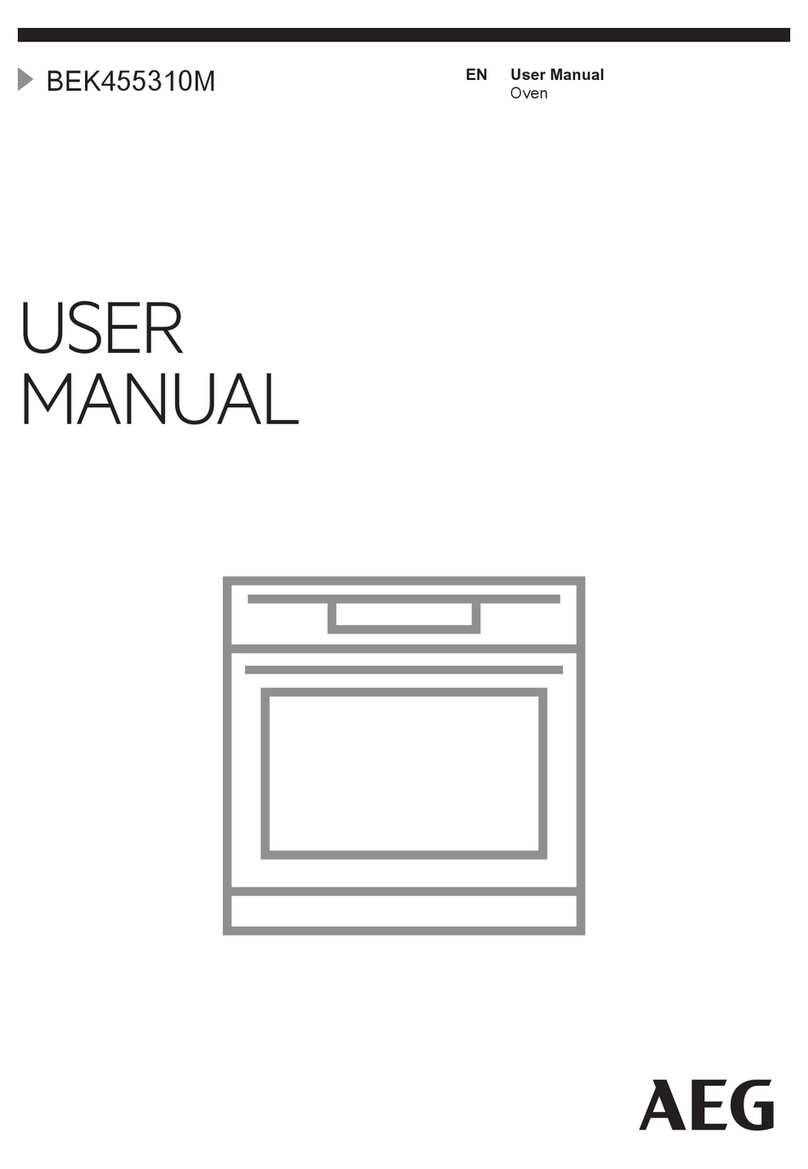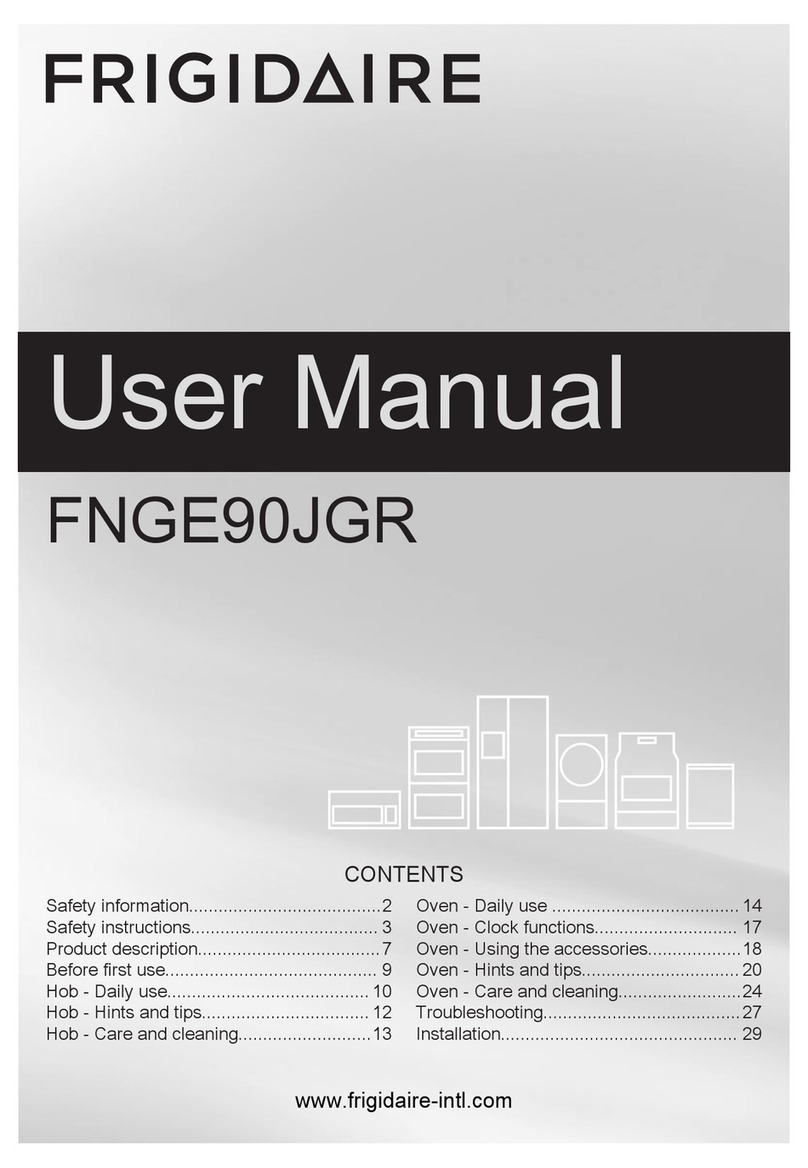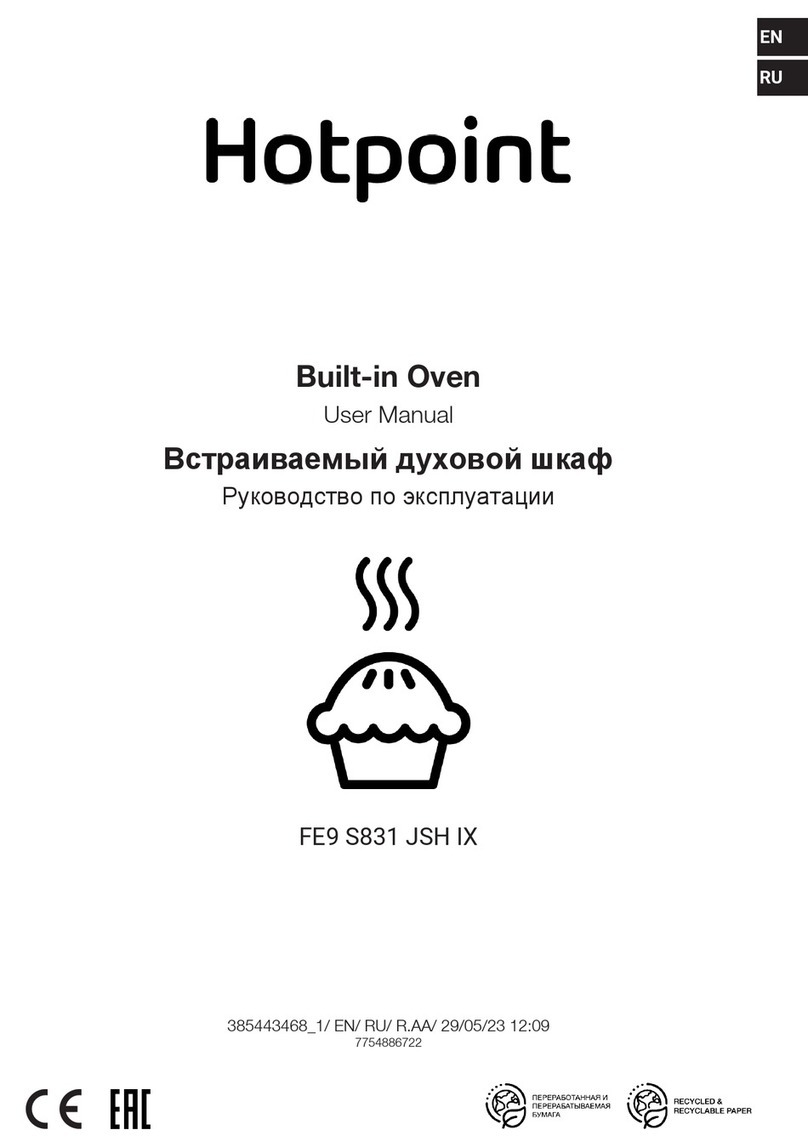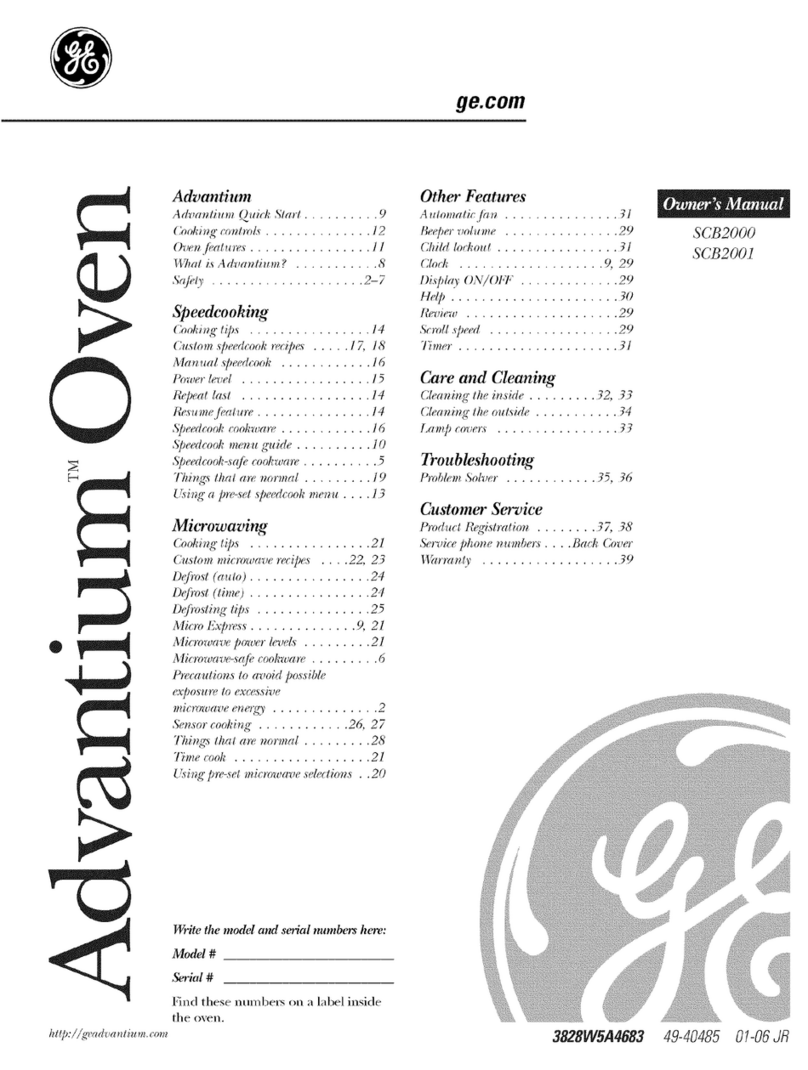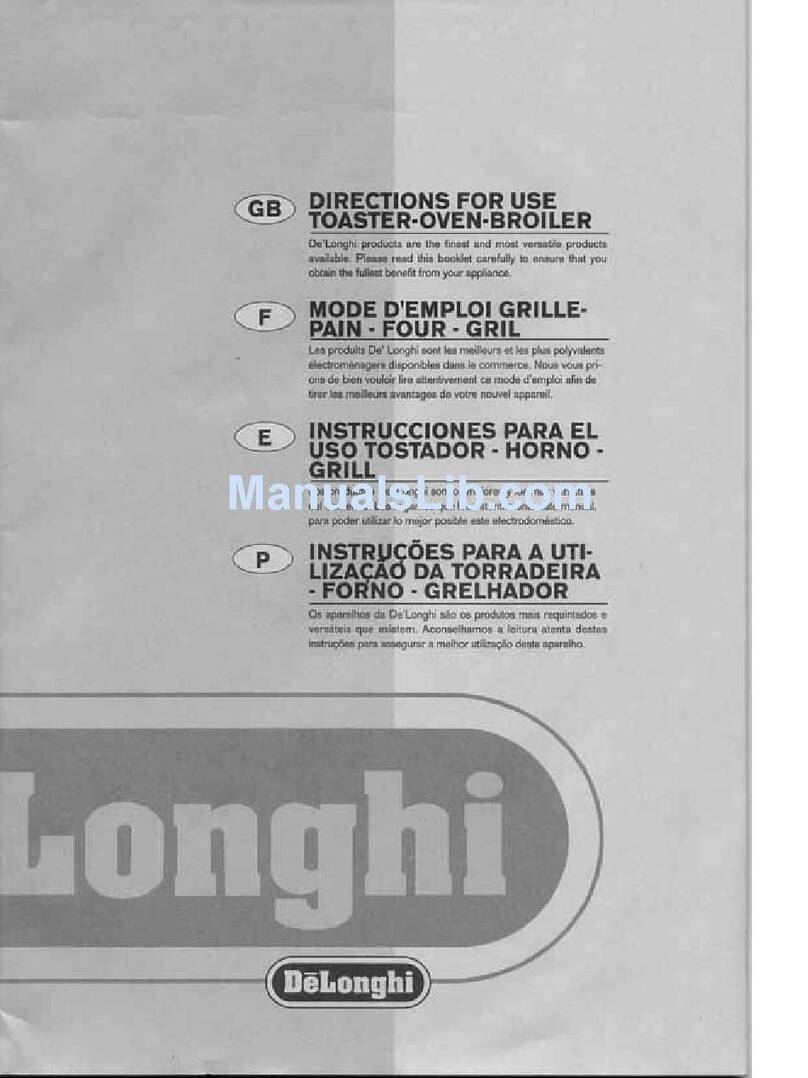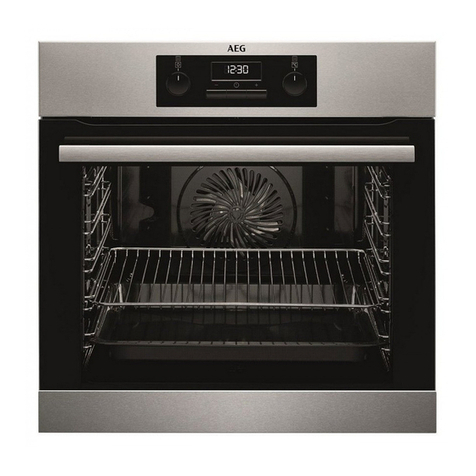To use an Automatic
programme
^"Select c.
^Use the ;or ?sensor to scroll
through the list until the option you
want is highlighted.
^Use the OK sensor to select the
option you want, e.g. Cakes.
A list of different cake options will
appear in the display.
^Select the relevant sub-menu for the
dish you want to cook (e.g. Apple
tart).
^Next you need to enter your specific
cooking requirements, following the
instructions in the display.
The degree of doneness, browning
level etc. are shown by a seven
segment bar. The middle setting is
displayed by a filled-out segment in the
middle of the bar.
NH H H TTTTT H H HN
To change the setting, move the
filled-out segment to the left or right
with the ;or ?sensor.
You can delay the start by selecting the
"Start later" option.
Entries made are shown in the display.
To finish an Automatic programme early
you have to switch the oven off.
If by the end of an Automatic
programme the food is not cooked
enough, select the "Cont. cooking"
function.
Notes on using these
programmes
–When using the Automatic
programmes the recipes provided
are designed as a guide only.
You can use them for other similar
recipes, including those using
different quantities.
–The oven interior should be at room
temperature before starting an Auto-
matic programme.
–Some programmes require the
addition of liquid or vegetables
during cooking. You will be
prompted by a message in the
display when this needs to be done
(e.g. "Add liquid at ...").
– Some programmes require a
pre-heating phase before food is
placed in the oven. A prompt will
appear to tell you when to add the
food.
–For frozen food follow the instructions
in the display.
Automatic programmes
6
